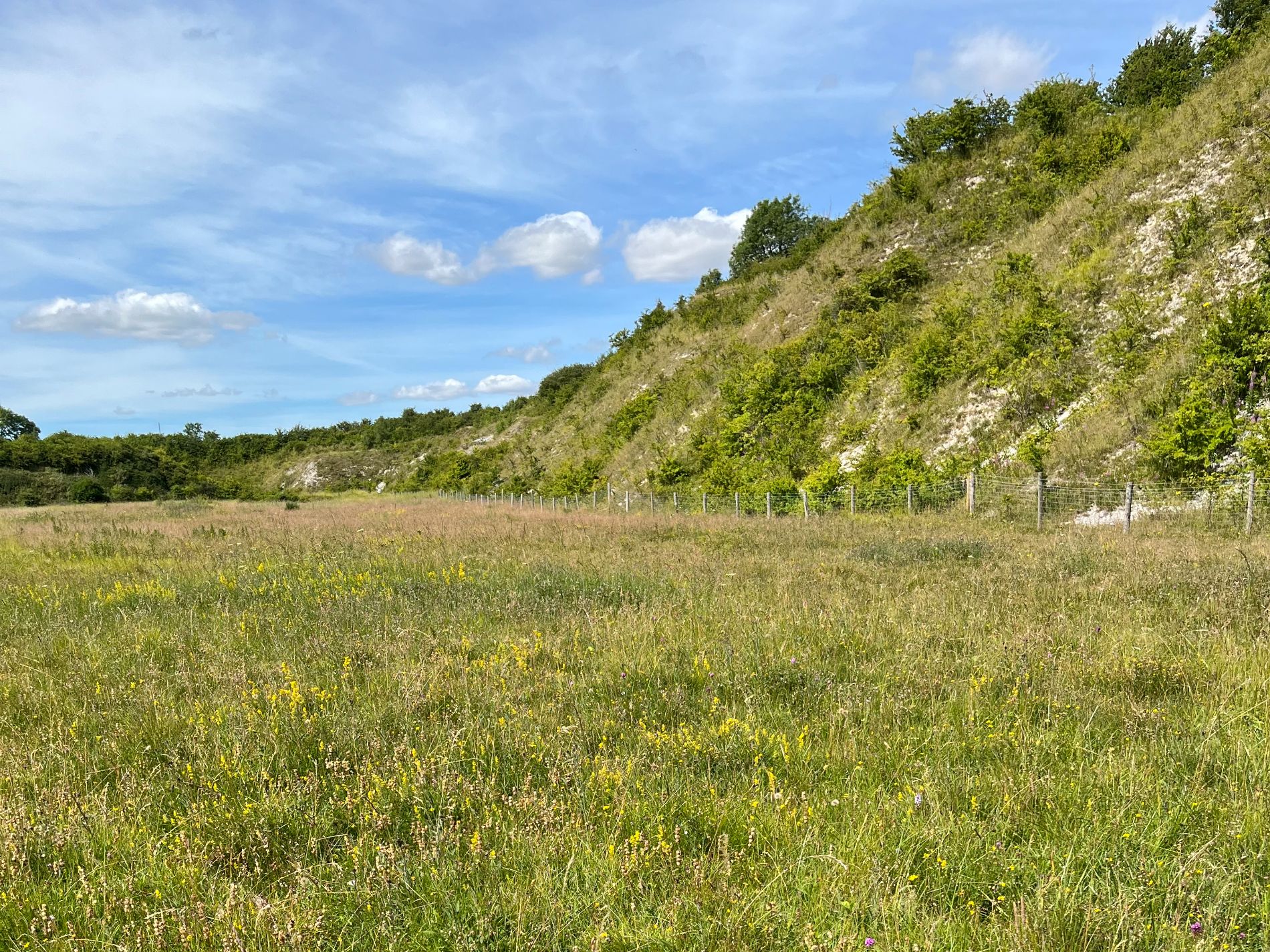Chris Thomas and colleagues describe their latest Perspective article outlining a new framework – Facilitate-Accept-Resist (FAR) – that operationalizes conservation decision-making in a way that leads to greater adoption of positive biodiversity change.
Conservation is in a bind. The biological world is changing, and so are our human priorities.
When we declare a nature reserve on the basis of a particular species, for example, is it any less valuable if some of those species disappear (as long as they do not die out everywhere) provided that they are replaced by other species (that may have themselves disappeared elsewhere)?
The recreational opportunities for people or carbon sequestration these sites provide could also be a priority today, even if these benefits were not taken into consideration 40 or more years ago when a site was initially protected.

In the context of rapid change, targets that are reliant on historical reference points or the indefinite maintenance of the status quo become increasingly unrealistic. On the other hand, attempting to incorporate the nuance and realities of our rapidly changing world can make targets hard to implement. This provides a clear challenge for any forward-looking conservation framework.
What to do?
Faced with changing biodiversity and changing human perspectives, Natural England, the UK government’s advisor for the natural environment in England, initiated a review of their priorities.
Their ongoing SSSI (Site of Special Scientific Interest) Future Reforms project is investigating whether the existing statutory framework supports the natural world and society’s adaptation to rapid climate change, and what potential regulatory reform is required to provide multiple benefits for people and nature.
As part of this review, Natural England approached a range of experts to respond to the question: “If we were arranging for the protection and conservation of important habitats, species and geological features in 2021 from scratch, what should we create in the face of environmental change?”
An entirely new blueprint for conservation may neither be needed nor feasible, but Natural England were keen to get fresh ideas that might make the delivery of conservation goals increasingly effective in future.
How did we interpret the question?
Our first realisation was that many locations support the biological communities they do today because of historical conservation, and the desire to protect species and ecosystems. Therefore, it was more about seeking better ways to achieve conservation goals and adjusting targets than starting from scratch.
What did we conclude?
There has been a huge amount of environmental change and a lot of ongoing management is directed at trying to stop it. Yet, the climate will continue to warm for the foreseeable future and biological communities will continue to change. There is not much point fighting unwinnable battles.
Trying to save species “A” from its inevitable climate-driven demise at site “X” is throwing good money after bad, especially when species “A” is not at risk elsewhere. If “elsewhere” is in a different country, so be it.
Inspired by several other conservation assessments, we saw that a flexible approach was needed, moving away from the traditional “how do I keep what I have got” as the default position. We have now published a framework in Ecological Solutions and Evidence that invites decision-makers, in consultation with stakeholders, to adopt a Facilitate-Accept-Resist approach to conservation decision-making.

For every decision, from high-level policies to local management, we should ask whether we should Facilitate beneficial changes (such as the arrival of new and threatened species through landscape connectivity projects and assisted transportation), Accept the inevitable changes to ecosystems that are taking place, or Resist change (for example to protect a globally endangered species).
If we do decide to Resist, then we should address the cause of change, such as maintaining ground water levels in a drying wetland.
What does Natural England think it might do?
Of course, our report was not going to result in abandonment of previous priorities, but it does provide a useful framework for decision-making, supporting landscape-scale conservation approaches and a context for management interventions that fall outside historic norms.
In relation to England’s SSSI network, Natural England is looking to adapt our report’s ideas into a RAD framework (Resist, Accept, Direct change) where adaptive management is needed. Natural England is exploring how the RAD framework can be used to respond to the challenge of climate change more widely, for example, in its National Nature Reserves (NNRs).

What’s next?
There is widespread recognition that resistance – keeping things as they are – cannot be the only option. The tension between resisting and enabling change has to be addressed more systematically, through gradual evolution, institutionally as well as in terms of biological communities.
We don’t want to fight unwinnable and costly battles, but nor do we wish to throw out the baby with the bathwater. The resist-enable axis will be tested on SSSIs and NNRs, and this “learning-by-doing” will then inform any subsequent rollout and adjustments.
The wider world
While originally framed in a British context, these issues apply the world over, hence our FAR publication is framed in the context of the Convention on Biological Diversity targets. Everyone must decide when to Facilitate or Accept change, and when to Resist it, and consultations over these priorities should be as wide as they possibly can be.
Read the full Perspective: “FAR-sighted conservation” in Issue 3:4 of Ecological Solutions and Evidence.
Blog post by Chris Thomas, Jack Hatfield, Jane Hill (Leverhulme Centre for Anthropocene Biodiversity, University of York) & Kim Owen and Simon Duffield (Natural England).

One thought on “FAR-sighted conservation: Facing the inevitability of ongoing environmental change”